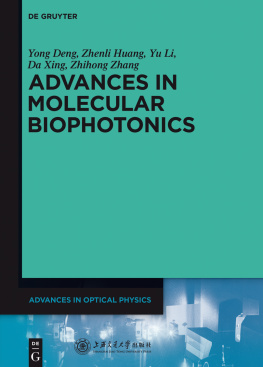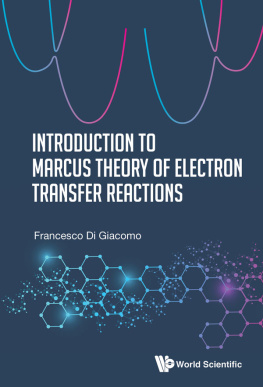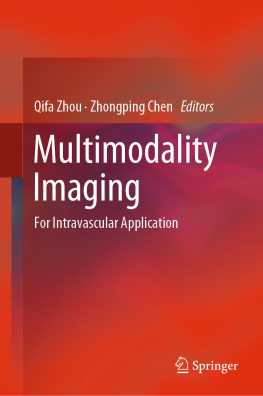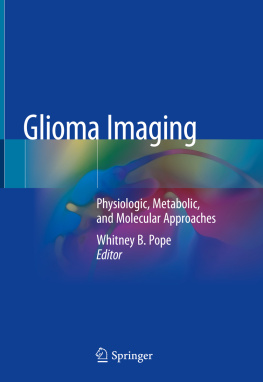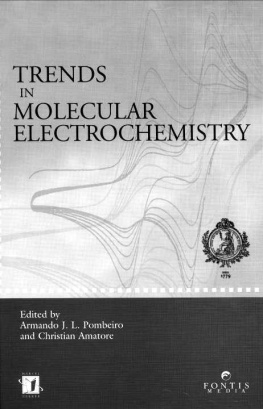Prof. Qingming Luo
A CIP catalog record for this book has been applied for at the Library of Congress.
The Deutsche Nationalbibliothek lists this publication in the Deutsche Nationalbibliografie; detailed bibliographic data are available on the Internet at http://dnb.dnb.de.
2017 Shanghai Jiao Tong University Press and Walter de Gruyter GmbH, Berlin/Boston
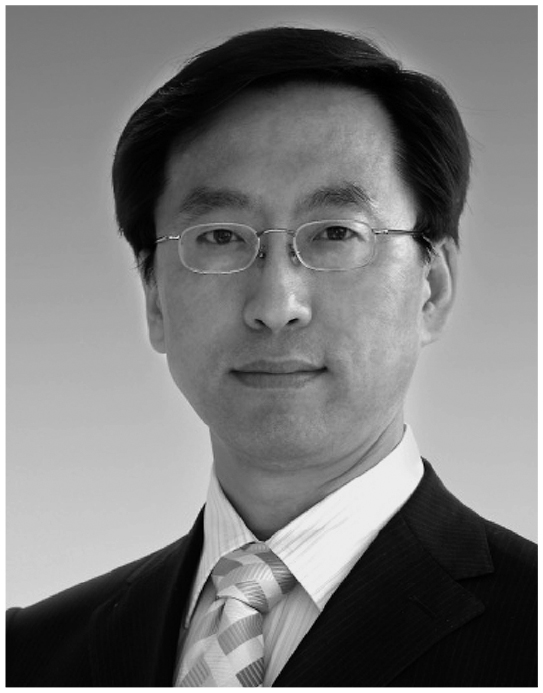
Professor Jie Zhang, Editor-in-chief , works on laserplasma physics and has made significant contributions to development of soft X-ray lasers, generation and propagation of hot electrons in laser-plasmas in connection with inertial confinement fusion (ICF), and reproduction of some extreme astrophysical processes with laser-plasmas. By clever design to enhance pumping efficiency, he and his collaborators first demonstrated saturation of soft-X-ray laser output at wavelengths close to the water window. He discovered through theory and experiments that highly directional, controllable, fast electron beams can be generated from intense laser plasmas. Understanding of how fast electrons are generated and propagated in laser plasmas and how the resulting electron beams emit from a target surface and carry away laser excitation energy is critical for understanding of the fast-ignition process in ICF. Zhang is one of the pioneers on simulating astrophysical processes by laser-plasmas in labs. He and his collaborators used high-energy laser pulses to successfully create conditions resembling the vicinity of the black hole and model the loop-top X-ray source and reconnection overflow in solar flares.
Because of his academic achievements and professional services, Professor Zhang received Honorary Doctors of Science from City University of Hong Kong (2009), Queens University of Belfast (2010), University of Montreal (2011) and University of Rochester (2013). He was elected member of CAS in 2003, member of German Academy of Sciences Leopoldina in 2007, fellow of the Third World Academy of Sciences (TWAS) in 2008, foreign member of Royal Academy of Engineering (FREng) of the UK in 2011 and foreign Associate of US National Academy of Sciences (NAS) in 2012. He is the President of Shanghai Jiao Tong University, and also a strong advocate and practitioner of higher education in China.
Preface
After a three years effort by many top-tier scientists, the book series Advances in Optical Physics (English version) is completed.
Optical physics is one of the most active fields in modern physics. Ever since lasers were invented, optics has permeated into many research fields. Profound changes have taken place in optical physics, which have expanded tremendously from the traditional optics and spectroscopy to many new branches and interdisciplinary fields overlapping with various classical disciplines. They have further given rise to many new cutting-edge technologies:
For example, nonlinear optics itself is an interdisciplinary field, which has been developing since the advent of lasers and it is significantly influenced by various technological advances, including laser technology, spectroscopic technology, material fabrication and structural analysis.
With the rapid development of ultra-short intense lasers in the past 20 years, high field laser physics has rapidly developed into a new frontier in optical physics. It contains not only rich nonlinear physics under extreme conditions, but also has the potential of many advanced applications.
Nanophotonics, which combines photonics and contemporary nanotechnology, studies the mechanisms of light interactions with matter at the nanoscale. It enjoys important applications such as in information transmission and processing, solar energy, and biomedical sciences.
Condensed matter optics is another new interdisciplinary field, which is formed due to the intersection of condensed matter physics and optics. Here, on the one hand, lasers are used as probes to study the structures and dynamics of condensed matter. On the other hand, discoveries from condensed matter optics research can be applied to produce new light sources, detectors, and a variety of other useful devices.
In the last 20 years, with the increasing investment in research and development in China, the scientific achievements by Chinese scientists also become increasingly important. These are reflected by the greatly increased number of research papers pub- lished by Chinese scientists in prestigious scientific journals. However, there are relatively few books for a broad audience such as graduate students and scholars devoted to this progress at the frontiers of optical physics.
In order to change this situation, three years ago, Shanghai Jiao Tong University Press discussed with me and initiated the idea to invite top-tier scientists to write the series of Advances in Optical Physics. Our initial plan was to write a series of introductory books on recent progresses in optical physics for graduate students and scholars. It was later expanded into its current form. The first batch of the series includes eight volumes:
Advances in High Field Laser Physics
Advances in Precision Laser Spectroscopy
Advances in Nonlinear Optics
Advances in Nanophotonics
Advances in Quantum Optics
Advances in Ultrafast Optics
Advances in Condensed Matter Optics
Advances in Molecular Biophotonics
Each volume covers a number of topics in the respective field. As the editor-in-chief of the series, I sincerely hope that this series is a forum for Chinese scientists to introduce their research advances and achievements. Meanwhile, I wish these books are useful for students and scholars who are interested in optical physics in general, one of these particular fields, or a research area related to them. To ensure these books could reflect the rapid advances of optical physics research in China, we have invited many leading researchers from different fields of optical physics to join the editorial board. It is my great pleasure that many top tier researchers at forefronts of optical physics accepted my invitation and made their contributions in the last three years.
Almost at the same time, De Gruyter learned about our initiative and expressed their interest in introducing these books written by Chinese scientists to the rest of world. After discussion, De Gruyter and Shanghai Jiao Tong University Press reached the agreement in co-publishing the English version of the series. At this moment, on behalf of all authors of these books, I would like to express our appreciation to these two publishing houses for their professional services and supports to sciences and scientists. Especially, I would like to thank Mr. Jianmin Han and his team for their great contribution to the publication of this book series.

